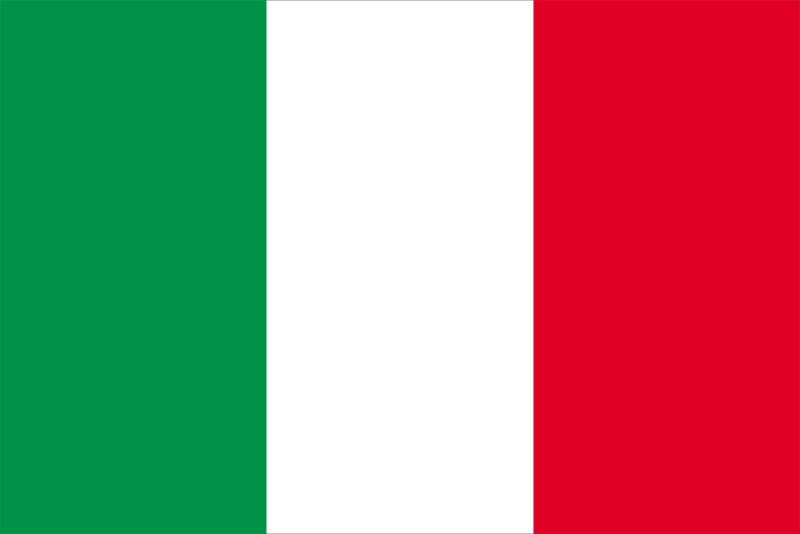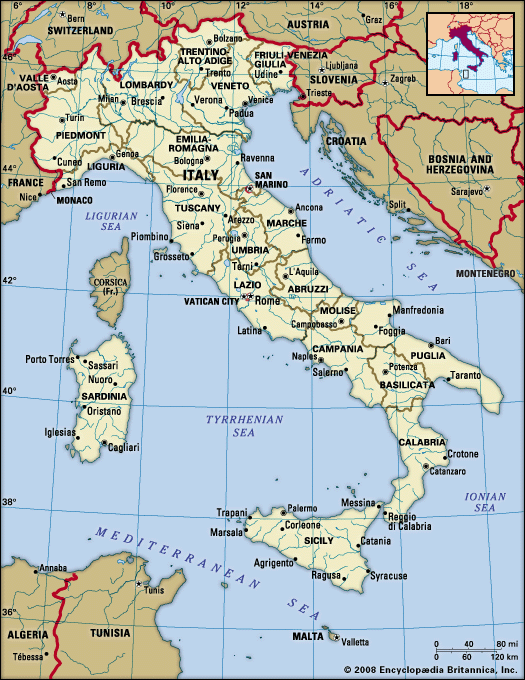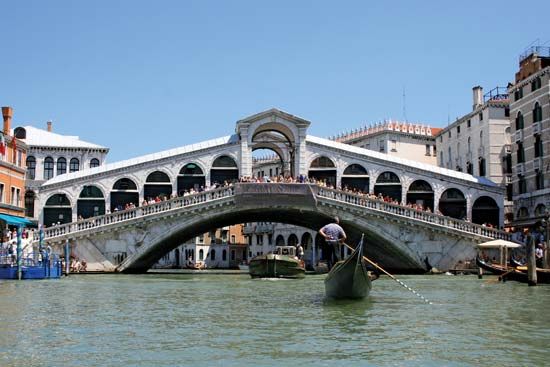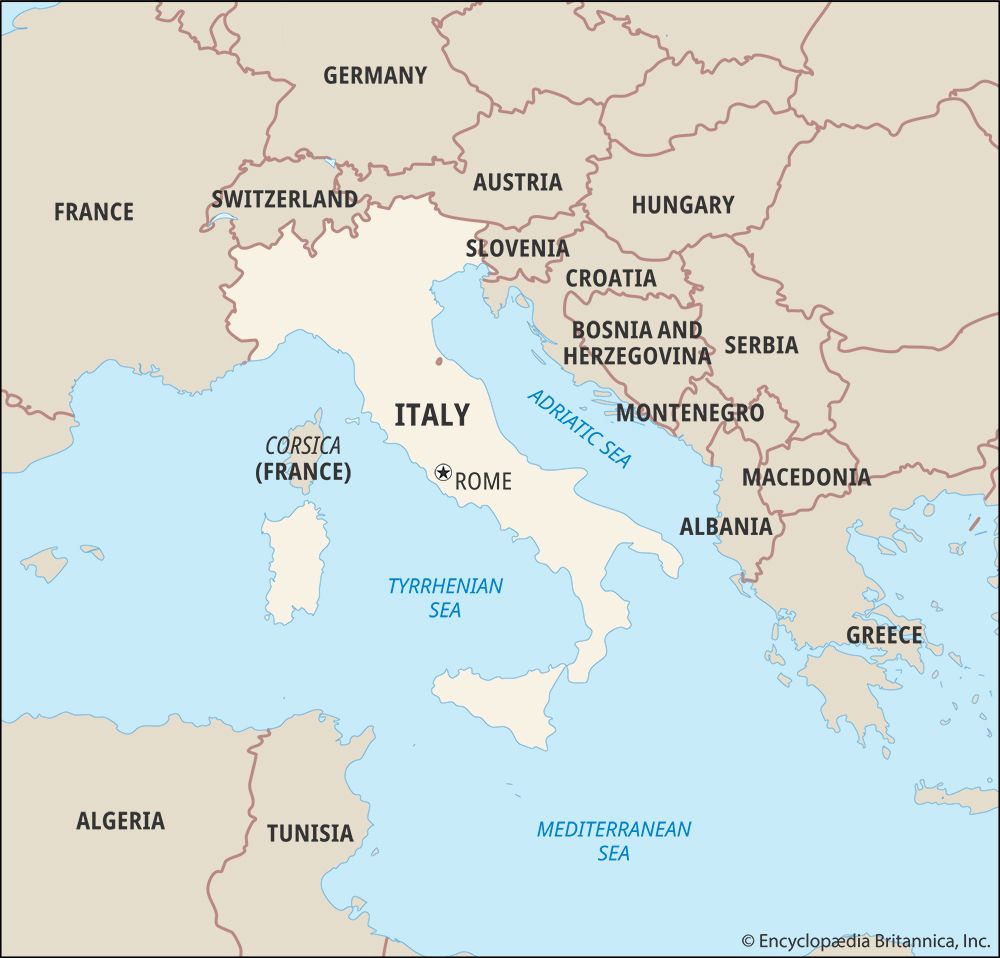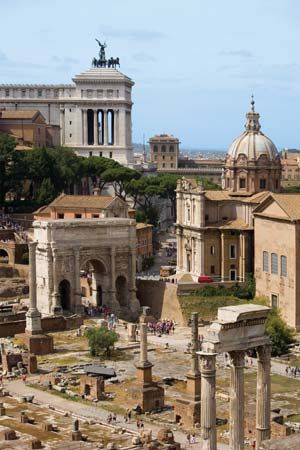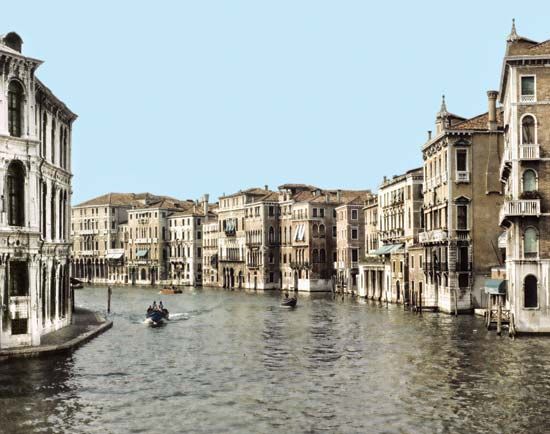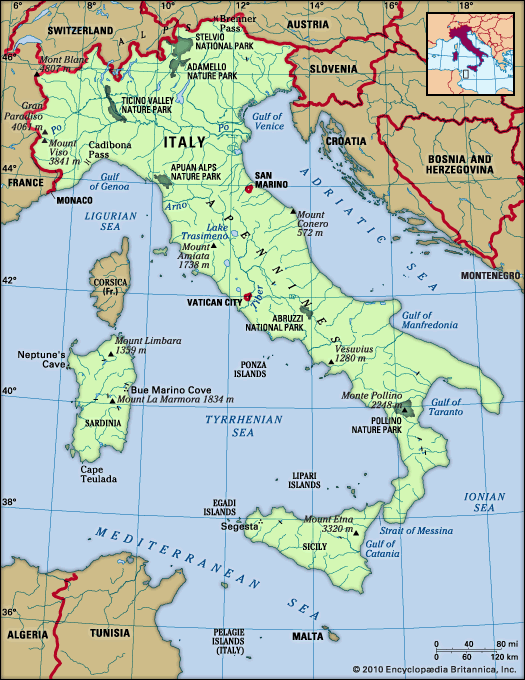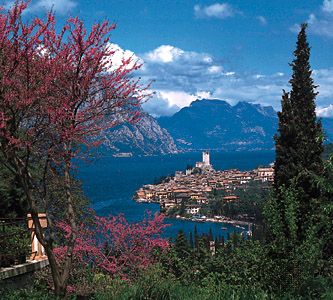- Italy in the early Middle Ages
- Italy in the 14th and 15th centuries
- Early modern Italy (16th to 18th century)
- Revolution, restoration, and unification
- Italy from 1870 to 1945
News •
The papacy engaged in often flamboyant political maneuvers, especially during the reign of Julius II (1503–13), and in the architectural and intellectual renewal of Rome. Save for the brief reign of the last non-Italian pope before the 20th century, Adrian VI (reigned 1522–23), the papacy failed to respond to the spiritual crisis of the day. However, a predisposition for a religious revival, or Catholic Reformation, was fostered by the Christian humanist Erasmus of Rotterdam’s biblical philosophy of Christ, by prophetic and apocalyptic interpretations of the Italian wars, and by an awareness of long-standing clerical abuses. Yet serious attempts at reform from above did not begin until the reign of Pope Paul III (1534–49). In 1536 he appointed a reform commission, which produced the important blueprint Consilium de emendanda ecclesia (“Project for the Reform of the Church”), and in 1537 he made the first attempt at convoking a reform council. By the 1540s, however, hopes for reunification of Catholics and Protestants had foundered. A true Counter-Reformation—that is, the Roman Catholic Church’s conscious fight against Protestantism—began to take shape with papal approval of the Jesuit order in 1540 and with the creation of the Holy Office of the Inquisition in 1542. New religious orders such as the Theatines (1524), the Capuchins (1528), and the Jesuits (1534) provided the backbone of the new class of religious leaders, although the apostasy to Calvinism in 1542 of Bernardino Ochino, vicar-general of the Capuchins, was a serious setback. The Jesuits’ educational program, above all, began to prepare laymen of high social status for leadership roles. The Council of Trent (1545–63) uncompromisingly defined Catholic dogma and outlined a program for disciplinary reform and administrative centralization. The Index librorum prohibitorum (1559; “Index of Forbidden Books”), a list of books condemned by the Roman Catholic Church as pernicious to faith and morals, was compiled by a censorship board that limited orthodox expression to a narrowly controlled range.
In politics, the papacy was dependent on Spain yet eager to find an alternative to Spanish domination in Italy. Although ecclesiastical reform occupied most of the church’s energies, Pope Pius V (reigned 1566–72) promoted the Holy League, which checked Ottoman expansion into the western Mediterranean by defeating the Ottoman fleet at Lepanto (1571). Under Pope Gregory XIII (reigned 1572–85) the Julian calendar was reformed into the modern Gregorian calendar. Pope Sixtus V (reigned 1585–90) launched a Catholic missionary counteroffensive in central Europe and reorganized the Roman Curia. He, along with Clement VIII (reigned 1592–1605), also patronized the urban development and new artistic flowering in Rome that culminated in the Baroque creations of Gian Lorenzo Bernini and the architect Francesco Borromini. These two popes also fought rural banditry and brought Ferrara, Urbino, and Castro back under direct papal rule.

